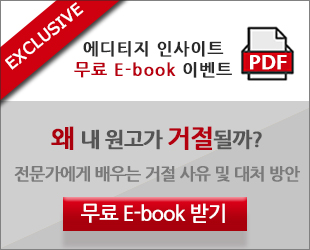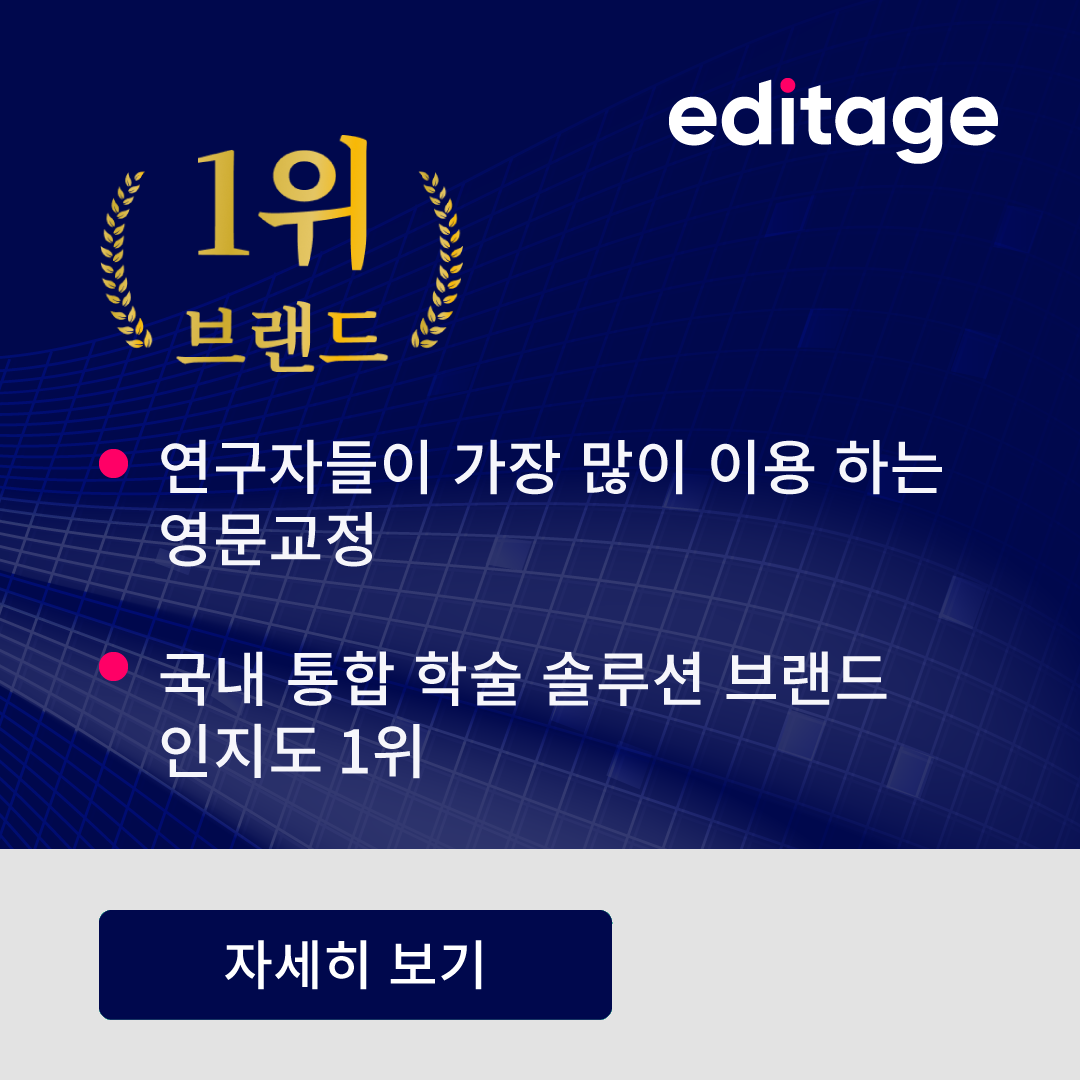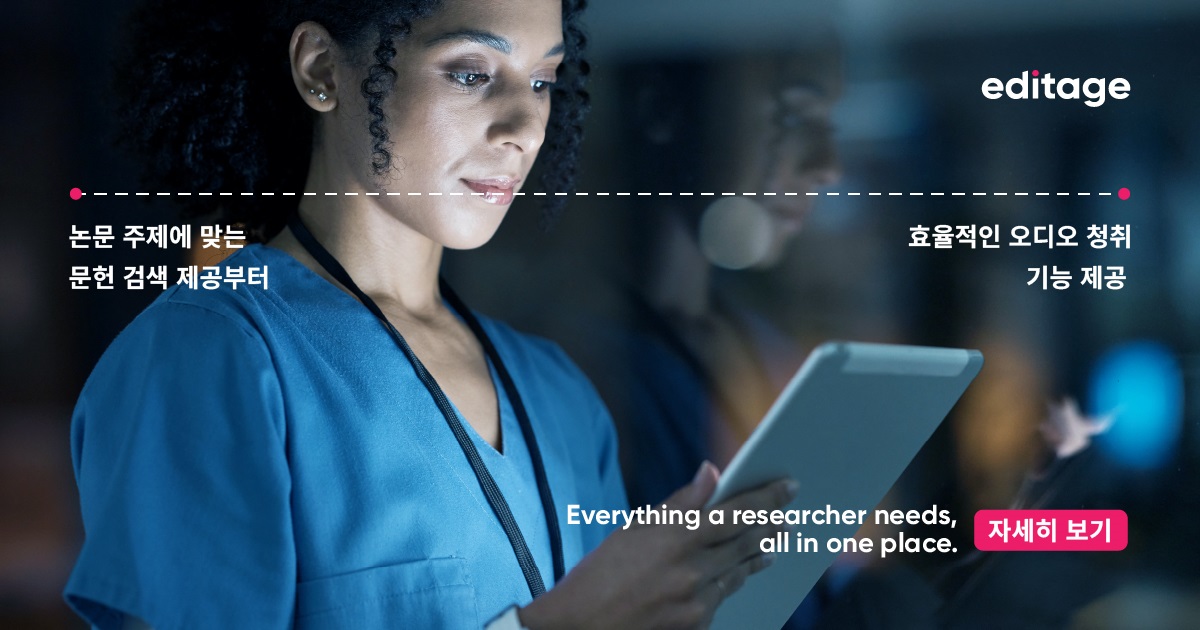All too often, copyeditors focus on applying the correct style for numbers: for example, some journal publishers insist on omitting the space between the number and the unit (°C) in specifying temperatures whereas most others insist on that space (39°C and 39 °C). However, for researchers, numbers are important for their value, and this post is about a book that serves as a consumer's guide to numbers.
Turning Numbers into Knowledge [1] by J G Koomey is about judging numbers and numerical data by examining the source of such numbers, the method of their collection, and the validity of conclusions drawn from the numbers. Of particular relevance to readers of this series of blog posts are the chapters on creating effective graphs and tables and using numbers as part of a presentation.
The most important part of Turning Numbers into Knowledge is about the right questions to ask when presented with conclusions backed by data. The ten chapters that make up this part are a concise guide to critical thinking and include chapters with titles such as "All numbers are not created equal," "Question authority," and "Distinguish facts from values." The chapter titled "How guesses become facts" consists of two case studies to show that statistics that came to be accepted as solid facts merely through repetition began life as "very limited monitored data, back-of-the-envelope calculations, and hunches' and ‘pure guesswork . . . with a fancy spreadsheet and graphs to back it up."
Full of practical advice, insights, and examples, the book is for every researcher who uses, and produces, numerical data.
[1] Koomey J G. 2009. Turning Numbers into Knowledge: mastering the art of problem solving. Oakland, California: Analytics Press. 247 pp. <www.numbersintoknowledge.com>











